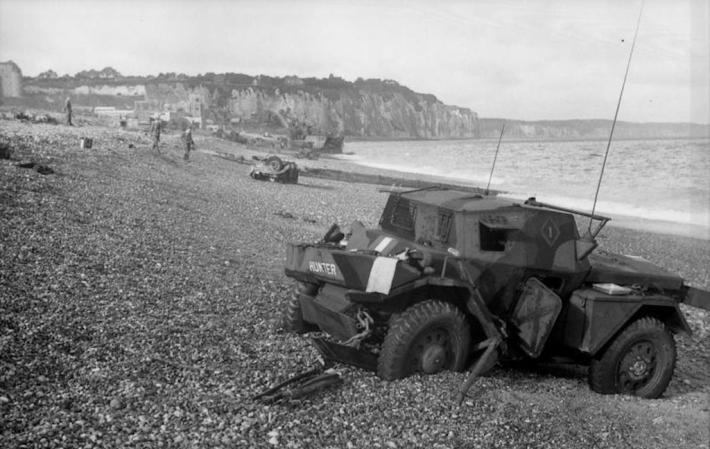When it comes to medieval torture devices, there’s always one particularly nasty tool that instantly comes to mind: the iron maiden. It’s brutal. It’s essentially a metal coffin with spikes on the inside. Once the door closes, the person trapped inside will have the spikes pressed into their flesh — in key positions, of course, to prolong the suffering.
By many, it’s been written off as a myth. They claim that any existing iron maiden devices are simply recreations, and that the originals were never really used. But what makes this device particularly peculiar is that it may have started out as a myth — a device so cruel that it found a place in local ghost stories — but eventually became a reality.

The first recorded use of a spiked contraption to crush enemies to death (yeah, historians record these sorts of things) was in Sparta, around 200 BC. Under the demand of the bloodthirsty tyrant, Nabis, the Spartans constructed a statue in the likeness of his wife, only the statue had what were essentially bear traps for arms. It was also said to have spikes on the inside of the hand, so nobody could escape her grasp. Sounds like he had a pretty high opinion of his betrothed, right?
Nabis could open the deadly device and toss into it anyone he pleased. He’d do this to either make political gains, punish anyone who didn’t pay his exorbitant taxes, or, simply, to alleviate his boredom. Given his preferred hobbies, it’s easy to see why his rule didn’t last long. He was the last free leader of Sparta — he quickly lost the support of his people and a war with Rome.

Throughout the following ages, various torture techniques sprang up alongside new reasons to torture people — but they weren’t elaborate, wife-shaped, metal coffins filled with spikes. There are no historical records of an iron maiden being used as a torture device throughout the medieval ages. Now, that’s not to say that it wasn’t used — it just wasn’t written about.
The first written record of an iron maiden surfaced in the 18th century, when historian Johann Philipp Siebenkees wrote about a particularly cruel 1515 execution. Siebenkees’ works, however, were never seen as credible and, ultimately, it was treated as a hoax. But his work inspired his morbid, industrious readers. Many people created iron maidens after his so-called “historical accounts.”
The most famous of these more-modern maidens was the Nuremberg Virgin — a wooden iron maiden with the head of the Virgin Mary on it. Stories say it was used to “cleanse the pagans,” but it was actually made in 1800s Nuremberg — 300 years after Martin Luther’s Protestant Reformation and long after the era of paganism.
But this didn’t stop one of modern history’s most vicious despots from creating one for himself. Uday Hussein, the sociopathic, murderous son of the Iraqi dictator, Saddam Hussein, was said to have had his very own modern recreation of a functioning iron maiden in his compound.
When U.S. troops raided the compound, they found that the device was very much used. By the time it was discovered, many of its spikes had been worn down, the surrounding floors were stained with blood, and it was no secret that Uday had any Iraqi athlete that didn’t perform to his expectations tortured or executed. Now we know how.


























